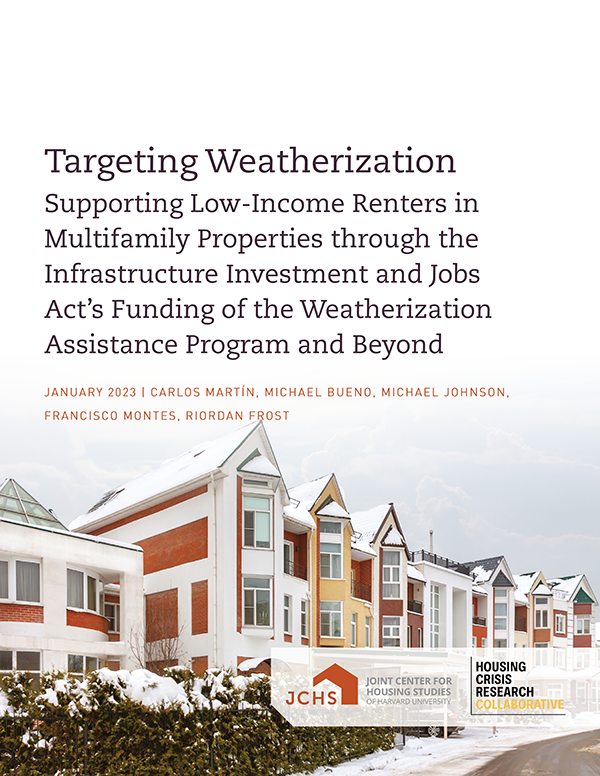Targeting Weatherization: Supporting Low-Income Renters in Multifamily Properties through the Infrastructure Investment and Jobs Act’s Funding of the Weatherization Assistance Program and Beyond
Property improvement assistance programs often benefit renters last and least. Low-income renters, especially those living in small multifamily properties (those with 2-4 units) that are the least energy-efficient of residences, continue to be underserved by energy programs administered at all levels of government. This holds true for the national Weatherization Assistance Program (WAP) managed through the US Department of Energy (DOE), though the program has been authorized to serve both renter households and multifamily housing types since its 1976 launch.
The latest $3.5 billion one-time additional infusion of funds into this important social safety net and national decarbonization program from the 2021 Infrastructure Investment and Jobs Act (IIJA) and its removal of prevailing wage requirements for buildings with fewer than five units could provide an opportunity to rectify this oversight. Furthermore, the 2022 Inflation Reduction Act (IRA) supports tax credits, rebates, and related programs that could further spread the benefits of energy efficiency to low- and moderate-income households and the property owners that house them. However, both investments’ effectiveness is likely to suffer from implementation challenges.
This paper explores these challenges by revisiting past WAP policy and program actions, discussing current plans for expanding multifamily services through state WAP offices and related officials, and synthesizing these findings into the following recommendations for each level of implementation:
- National Program. DOE officials are statutorily permitted to define and support state and local WAP activities through program rules and technical assistance (TA). For the former, DOE could continue partnerships with other federal agencies such as the US Department of Housing and Urban Development (HUD) to identify eligible small multifamily properties under HUD’s direct purview as well as to provide analytical guidance on state and local rental registries and property databases that could be integrated into TA content. This technical content could also highlight the methods of state offices and local implementers that successfully served this stock.
- State Offices. State weatherization offices could perform housing and demographic analysis—again, coordinated with peer state agencies and commissions overseeing housing and energy programs—to quantity the small multifamily properties in their jurisdictions and map their spatial concentration. Incorporating these data into annual plans with targets to serve this population and apportioning budgetary and TA resources to the respective local implementers near these homes could ensure that DOE’s intentions are translated on the ground.
- Local Implementers, including Community Action Agencies and their contractors. Most local implementers have limited capacity for identifying properties, recruiting and coordinating property owners and tenants, and implementing the unique technological fixes needed for this housing type. State offices, in partnership with local public- and civil-sector housing or energy groups and private workforce trainers, could deliver knowledge and funds that fill these gaps.
If conducted thoughtfully, WAP’s small multifamily rental service delivery through IIJA’s budgetary infusion and relaxed workforce rules could be a model for all energy programs—and provide the desperately needed services to these households while helping meet the nation’s climate goals.

